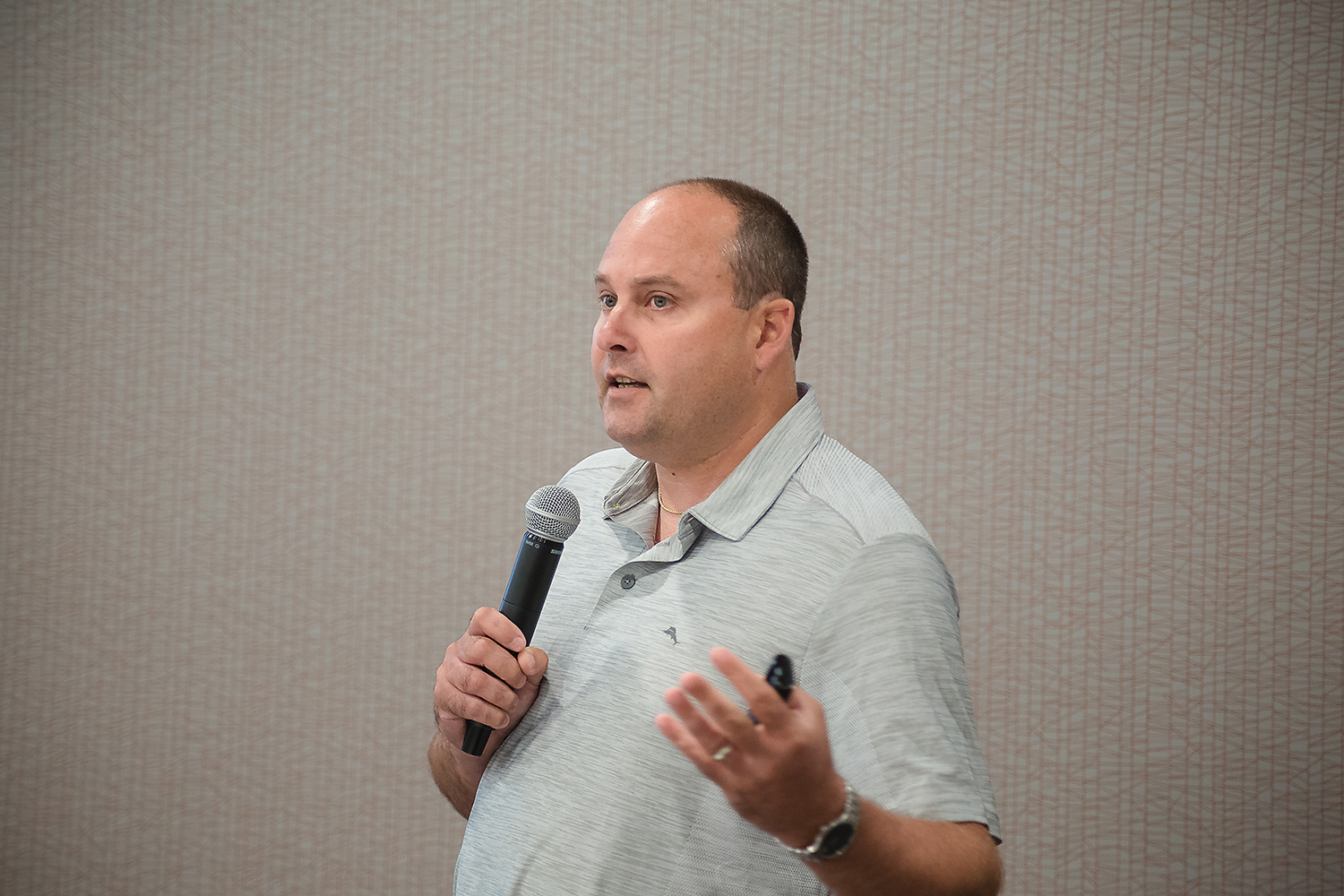CEO’s Report: The importance of planning
June 4, 2024Success doesn’t happen by chance.
It requires a lot of hard work, dedication, and planning.
Heartland Energy is completing our latest strategic plan, a blueprint for the future success of our company, and our customers.
We recently met with our consultant for a two-day workshop to finalize the details of our plan. We will present the completed plan at our Summer Conference on July 30.
While planning may not be the favorite item on everyone’s to-do list, it is an important process.
Planning comes in many different forms. For communities, it is important to lay out future needs and how you plan to meet them.
Planning essential to funding
Infrastructure is the lifeblood of every community. Roads, water, electricity and more are vital to day-to-day workings.
Often, federal funding is available for such projects because of their necessity.
Securing federal funding for infrastructure projects is a competitive process that requires careful and detailed planning. However, it can be the key to fostering economic development, improving quality of life, and ensuring a community’s long-term health.
Both federal and state funding opportunities often call out “community support” or “city-wide planning efforts” in their applications. Essentially, this means they are looking to fund projects that already have public and/or private support or have been in the city’s plan for a while, particularly in a Capital Improvement Plan.
What is a Capital Improvement Plan?
While your city most likely already has a Capital Improvement Plan (CIP), it is important to understand the impact this document can have on the future of your community.
Capital improvement planning helps bridge the gap between the planning process and the budget process. It helps community leaders make good planning choices for the future based on specific goals and resources.
It is an important tool for local governments, helping to plan strategically for community growth.
A capital improvement project is typically a permanent structural change to a property or asset to prolong its life or enhance its capabilities. For communities this can include anything from building a new facility to purchasing large equipment to paving streets or upgrading electrical infrastructure.
Given the large costs of these items, you can see the importance of planning for them, and hence budgeting.
The CIP is a working document that should be reviewed and updated annually. This will ensure changing community needs are identified in the plan. It will also ensure the correct items are given the highest priority.
Creating “buy-in”
Planning ahead provides time to gather the necessary resources to complete a project. It allows a community to anticipate its needs rather than react when a problem arises.
It also provides time to determine the best means of financing a project, including exploring grant and low-interest financing opportunities.
The CIP helps increase “buy-in” from the community, but most importantly, puts your community in a position to quickly take advantage of grant opportunities.
If you sit in on the webinars offered by Frontier Energy every month, one thing you have heard over and over is that funding announcements typically have a tight turnaround, and they are looking for projects already planned and demonstrate a need.
This shows that a project isn’t just a pipe dream, but rather something that already has a lot of time invested in it with a preliminary need established. A funding award would help get the project off the ground.
Having data to show the need for the project, as well as associated costs, are two main points funders will be looking for.
Evaluate current and future demands. What operations and maintenance activities are you currently performing? What improvement projects are already in the works? What is your projected growth rate and how much development is anticipated to accommodate this?
Clearly explaining the need for a project along with its benefits will go a long way in funding requests.
Funding programs
The Infrastructure Investment and Jobs Act (IIJA) has created an enormous amount of funding opportunities, but knowing which ones your city is eligible for can be daunting.
Frontier Energy has done a fantastic job of laying out the different options. Perhaps the best part of their service is the ability to reach out and ask questions. If you have a certain project in mind, you can simply ask them if they know of a grant it would be eligible for. This saves a lot of time and headache wading through the options.
Frontier also keeps tabs on other federal funding programs as well as state programs in all states where Heartland Energy has customers.
I encourage you to sit in on Frontier’s presentations. The next ones are scheduled for June 11 and 25th at 9:00. Check your Inbox for meeting details.
And don’t forget to dust off you community’s Capital Improvement Plan and make sure it fits your current needs.

